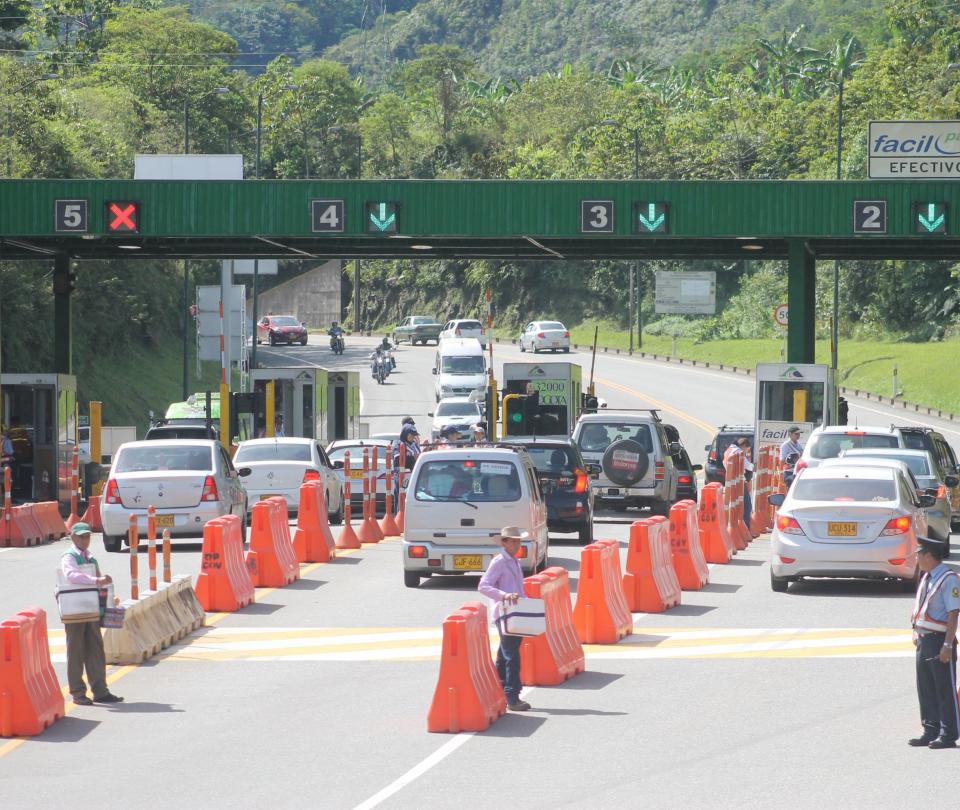Since the signing of decree 050 of January 15, 2023, a uA wave of questions from experts about the feasibility of paying the ‘extra’ of tolls in the country.
(Read: These are the cities with the most over-indebted Colombians).
This regulation was issued in order to cfreeze the price in the toll rate of the National Institute of Roads (Invías) and those of the National Infrastructure Agency (ANI) as a measure to combat the impact of inflation on the pocket of Colombians.
According to María Montejo Torres, senior associate of Infrastructure and Projects at Baker McKenzie, although this decision is supported by law (Decree 87 of 2011, article 6.15), the payment of these is the concern of the concessions.
“Compensation to concessionaires occurs as provided in each contract, the State would be fulfilling its contractual obligations and this would give a message of security and legal stability to investors”, Montejo pointed out.
(Also: Price control?: what is it and why would Petro be proposing it).
Otherwise, “a chain effect would occur that would affect concessionaires, contractors, employees and financiers, as well as a possible avalanche of lawsuits against the Colombian State. The viability of future infrastructure projects in the country would even be put at stake”, indicates the associate.
These resources according to Ministry of Transportation are worth $500,000 million and according to the Ministry of Finance for $800,000 million, which will come from the budget addition of the year 2023.
In order to calculate the amount, the ANI, the concessionaire and the contract controller must calculate the difference between the expected collection and the collection obtained after the tariffs have been affected on a quarterly basis.
“This calculation must be recorded in a signed act within 5 days after the end of each quarter, and the difference is recognized with the compensation mechanisms indicated above.”, says the Baker McKenzie expert.
(See: The usury rate in Colombia for February will be 45.27%).
It is worth clarifying that according to the Colombian Chamber of Infrastructure (CCI), this value to be paid by the State would be greater than $1 billion.
BRIEFCASE



![[Img #74675]](https://thelatestnews.world/wp-content/uploads/2024/12/They-discover-a-new-class-of-X-ray-sources-in-the-150x150.jpg)










